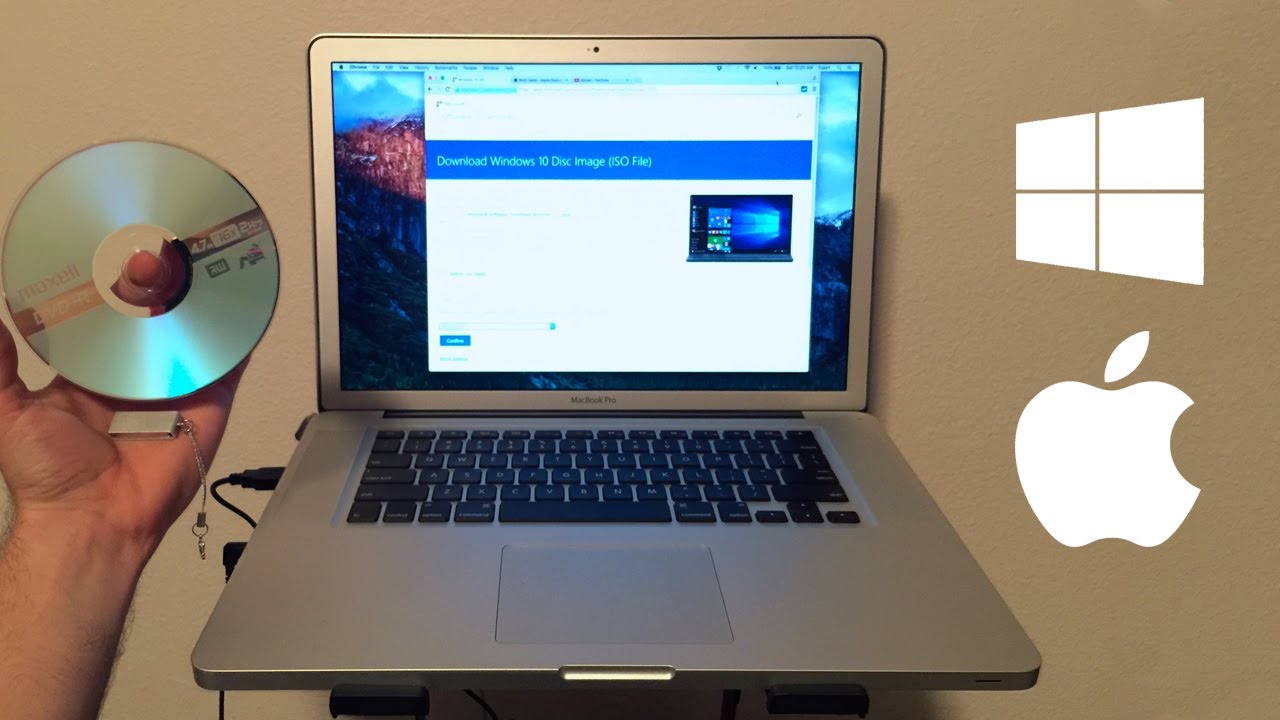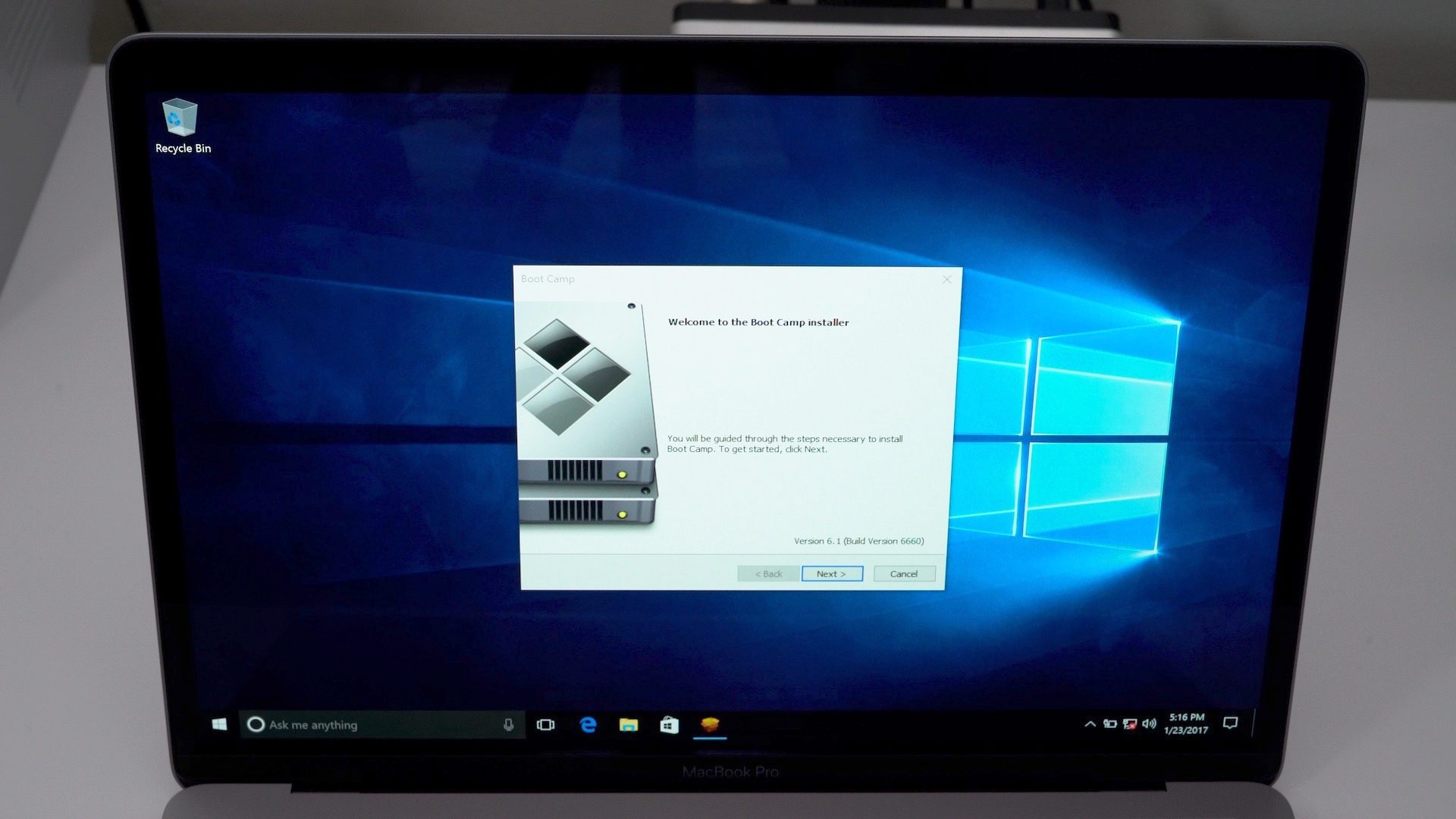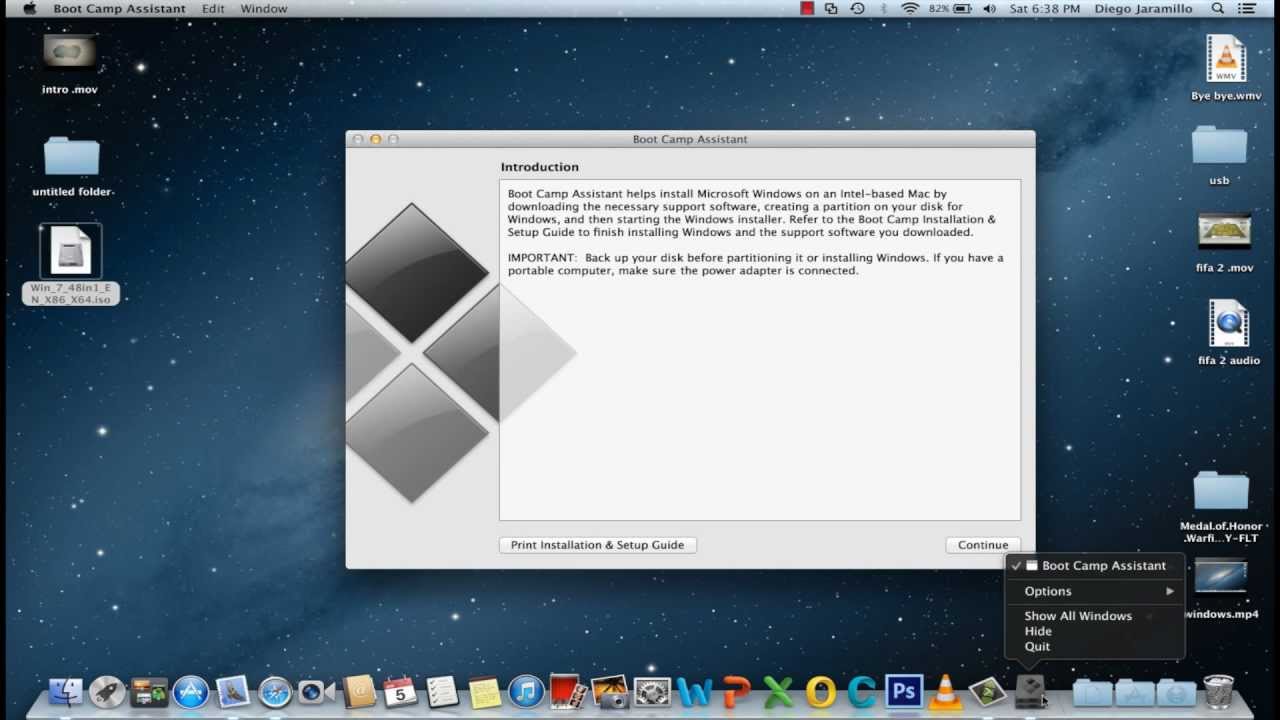

 Go back to Windows, open "WindowsSupport" folder in the USB and start "setup.exe". When done, copy the folder "WindowsSupport" to the previously used USB stick (could be another but just make sure Windows could read it) Open Boot Camp Assistant and select Action menu in the toolbar > Download Windows Support Software. That is because you have to install the Windows Support files, so go back to macOS. Probably you won't be able to connect to WiFi, modify screen resolution, right clicking with the touchpad, etc. If everything is OK Windows installer should start and the installation will finish without errors. Don't know why but I had to follow that sequence in order to get this to work. At this point this could differ from my experience but booting "EFI Boot" does not work, first I had to boot "BOOTCAMP", it will fail because there is no disk to start and when computer restarts, press Alt again and then boot "EFI Boot". It should appear the startup disk selection with three options: macOS, EFI Boot (yellow, this is the USB stick) and BOOTCAMP (the partition Boot Camp Assistant created). When done, go to your Mac computer, plug in the USB stick and start the computer pressing Alt key. Insert the USB drive and create the USB bootable stick using that tool.
Go back to Windows, open "WindowsSupport" folder in the USB and start "setup.exe". When done, copy the folder "WindowsSupport" to the previously used USB stick (could be another but just make sure Windows could read it) Open Boot Camp Assistant and select Action menu in the toolbar > Download Windows Support Software. That is because you have to install the Windows Support files, so go back to macOS. Probably you won't be able to connect to WiFi, modify screen resolution, right clicking with the touchpad, etc. If everything is OK Windows installer should start and the installation will finish without errors. Don't know why but I had to follow that sequence in order to get this to work. At this point this could differ from my experience but booting "EFI Boot" does not work, first I had to boot "BOOTCAMP", it will fail because there is no disk to start and when computer restarts, press Alt again and then boot "EFI Boot". It should appear the startup disk selection with three options: macOS, EFI Boot (yellow, this is the USB stick) and BOOTCAMP (the partition Boot Camp Assistant created). When done, go to your Mac computer, plug in the USB stick and start the computer pressing Alt key. Insert the USB drive and create the USB bootable stick using that tool. 
Open a browser and download the Windows 10 Media Creation Tool from the official website.Safely unplug the USB stick and go to a Windows machine.

After Boot Camp finishes it will restart but ignore it (if you are reading this I guess it is failing).Check all three options (create USB stick, download Windows support files, create partition).Start Boot Camp with a USB 2.0 (important, not 3.0) plugged in.These are the steps in case anyone faces same issue:








 0 kommentar(er)
0 kommentar(er)
